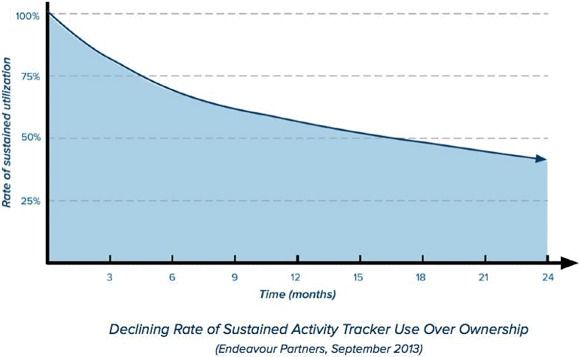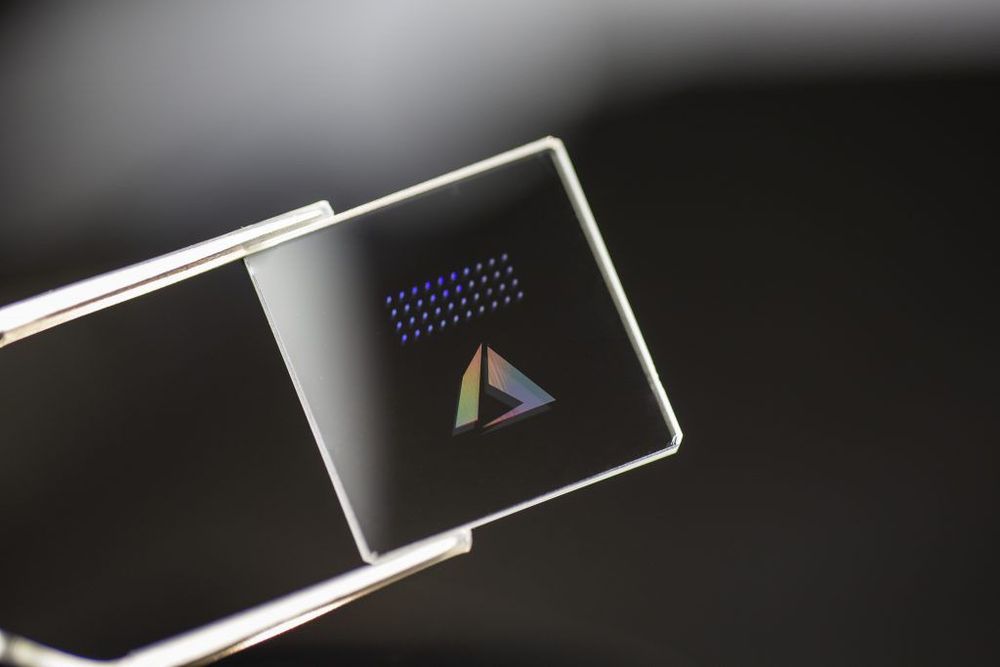Jun 28, 2019
Engineers report a new low-power lighting technology
Posted by Quinn Sena in categories: electronics, energy
Researchers from the Moscow Institute of Physics and Technology and Lebedev Physical Institute of the Russian Academy of Sciences have designed and tested a prototype cathodoluminescent lamp for general lighting. The new lamp, which relies on the phenomenon of field emission, is more reliable, durable, and luminous than its analogues available worldwide. The development was reported in the Journal of Vacuum Science & Technology B.
While LED lamps have become commonplace, they are not the only clean and power-saving alternative to incandescent lamps. Since the 1980s, engineers around the world have been looking into the so-called cathodoluminescent lamps as another option for general lighting purposes.
Shown in figure 1, a lamp of this kind relies on the same principle that powered TV cathode-ray tubes: A negatively charged electrode, or cathode, at one end of a vacuum tube serves as an electron gun. A potential difference of up to 10 kilovolts accelerates the emitted electrons toward a flat positively charged phosphor-coated electrode—the anode—at the opposite end of the tube. This electron bombardment results in light.
















